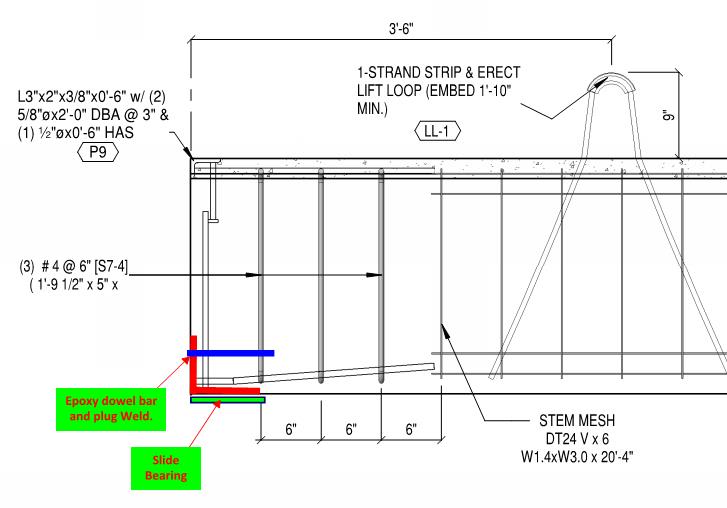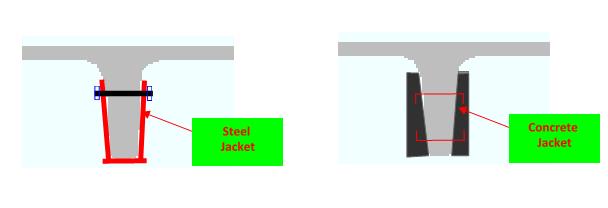Prestressed Guy
Structural
Is is permissible to weld to the cut end of a strand in a prestressed member? I have a DT that was cast without the stem bearing reinforcement and the unreinforced bearing stress is right at the limit with very little margin. I need to add a plate to the end of the stem that has reinforcement developed into the stem, but they are so narrow that this is a problem. One though was to slide a plate with a beveled hole over the end of the strand and weld it to the strand.
The concept is something like this.
The concept is something like this.


